Irish-Australian violinist and violist Ciara Sudlow speaks about creating and developing her first shows exploring the crossover between Irish traditional and European baroque music, ahead of appearances at Dublin HandelFest
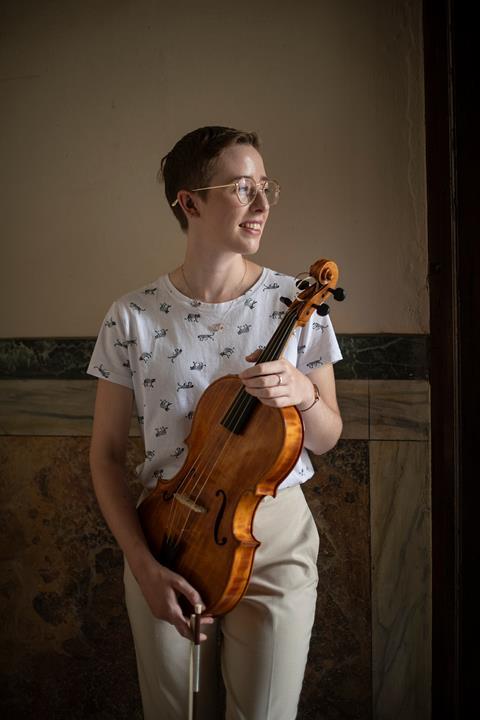
Discover more Featured Stories like this in The Strad Playing Hub
‘Trad meets Baroque’ is my happy place, blending new and old with creativity and research, all while reflecting my musical values and background. These concerts combine traditional Irish music (trad) with18th-century European Baroque art music in Ireland, integrating aural traditions with contextual research. I tell stories surrounding the music, tracing the Irish influences on Italian, Czech, and German composers who visited, and their contribution to trad music in return. The repertoire for the upcoming shows at Dublin HandelFest centres around a scribble in Handel’s Messiah manuscript of 1742 titled ‘Der Armische Irische Junge.’ Music from 18th century print and aural tradition is paired with notated compositions by O’Carolan, Geminiani, Bocchi, and Kotzwara, inviting audiences in to participate along the journey. But how did I get to perform these shows?
The Theresia Orchestra Ambassadorship programme offered me the exciting challenge of reaching new audiences through digital and in-person projects in my home country. Co-funded by the Creative Europe Empower project, the initiative targets young people and those who may not usually engage with classical music. It was during my ambassadorship, while I was also an apprentice with Irish Baroque Orchestra, that the idea for ‘Trad meets Baroque’ took shape. It enables me to connect trad music lovers with classical music fans, attracting a diverse audience. As ambassadors, we were asked to consider our goals, who we wanted to reach, and the impact we wanted to make—crucial questions for all early-career musicians. By exploring these questions throughout creating the concerts, I finally feel ready to fully engage with the answers.
To understand the evolution of this concert programme I’ll share a bit about my musical experiences. As an Irish-Australian, I spent much of my childhood learning Irish trad music with Comhaltas Ceoltóirí Éireann in Australia. It was a social, relaxed environment where we weren’t told to hold our violins up higher or that our quaver notes were not equal and in time enough. It was often taught by ear, encouraging experimentation and improvisation. I got to play fiddle, accordion, whistle, flute, banjo, guitar, bodhrán, and even sang!
I also studied classical violin and was intrigued by the complexity and challenges of comprehending this music. I strongly believe that the most impactful performances aim for creativity and communication, not perfection, so discovering the freedom and creativity possible in historical performance practice during my studies inspired me further! There are many surprising stylistic similarities between the way we perform trad music today, and the way 18th century sources teach. As an early musician I also get to play multiple instruments: three violins set up for different periods, viola, and viola da gamba. Balancing both musical worlds as a trad fiddle/banjo player and a classical/baroque musician gives me a unique perspective on these styles.
I strongly believe that the most impactful performances aim for creativity and communication, not perfection
My experimentation with combining the two styles began at the Conservatorium van Amsterdam with support from my incredible teachers; Antoinette Lohmann also comes from a folk music background while Shunske Sato often asks me to play Irish tunes in lessons and even came to an Irish pub session to see what it was all about! This kind of support and open-mindedness really gave me the confidence to develop my own approach.
Organising ‘Trad meets Baroque’ has been a steep learning curve. There’s extensive work in contacting venues, organising musicians, and finding instruments. All before thinking about researching and arranging the music. In calling venues with an Australian accent from a Dutch phone number, I was often met with uncertainty and confusion. Many rejections later I found the perfect venue for last January’s performance in Kilkenny, a 16th-century merchant house. It was well worth the effort, as we sold out and had such a positive response! The audience was a fantastic mixture of ages and experience. In speaking to people afterwards I discovered that many came from a trad music background, others often attended classical concerts, and there were even a few who had very little experience attending music performances at all. People said they felt welcome and relaxed, really valuing that we brought them on the journey by explaining the context of the music in a way that everyone could engage with. They were fantastic and enthusiastic about singing along with us, and I also encourage asking questions and clapping whenever it feels right! I’ve often heard people say that they don’t know the ‘rules’ which puts them off attending concerts. I strongly believe that this responsibility lies with the performers to communicate effectively.
The Kilkenny performance experience made me realise the importance of meeting venue managers in person. People are far more likely to help someone local that they have met and chatted with, and it allows for us musicians to see the space in advance of preparing the programme. Organising venues when I presented ‘Trad meet Baroque’ in Australia was simpler due to my established connections. I hope to develop a similar network in Ireland. For the upcoming Dublin concerts cellist Doireann Kelly, who is also general manager of the Irish Baroque Orchestra, was crucial in establishing these venue relationships. After the success of our Kilkenny show, I proposed including this show in the Irish Baroque Orchestra’s HandelFest to CEO Aliye Cornish-Moore. We discussed all the possibilities and decided on two performances: one at Dublin Castle’s Chapel Royal which links aristocracy with art music, and the other at the Cobblestone pub, renowned for Irish trad music, offering the best of both worlds and a chance to experiment with contrasting spaces and audience engagement.
With each performance the programme evolves, grows, and changes. I’ve directed it each time in collaboration with different inspiring musicians in my own network, but I hope to see it expand to include more instruments in the future. For Dublin Handelfest I am joined again by Ellen Bolger on harpsichord, Netherlands based cellist Xander Baker, and Australian bodhrán player Jet Kye Chong. Jet and I started Irish/Scottish band The Hár in Australia and he’s joining us here ahead of our Edinburgh Fringe Festival shows.
Participation in young artist training programmes like Theresia Orchestra’s Ambassadorship, Irish Baroque Orchestra’s Apprenticeship, and the OAE’s Experience scheme has been so invaluable. These opportunities have helped me to develop the skills, experience, and confidence to share this incredible music, and to understand that I have a unique perspective which is just as interesting and engaging as anyone else’s. The world needs more programs supporting young, passionate individuals to explore their creativity. Looking ahead I aim to create new concerts that bring people together, share important stories, and hopefully make a small positive impact on our world which currently faces much hate, injustice, and insecurity. Remembering our history and encouraging creativity is more important than ever.
Ciara Sudlow presents ‘Trad meets Baroque’ on 20 July at the Chapel Royal in Dublin Castle, and a fringe show on 21 July at the Cobblestone Pub as part of Dublin HandelFest, organised by Irish Baroque Orchestra and supported by Theresia Orchestra.
Ciara Sudlow is an Irish-Australian violinist and violist currently completing a Master of Historical Performance at the Conservatorium van Amsterdam. With a keen interest in Irish traditional music and improvisation in early music, Ciara has performed across Europe and Australia on historical and trad instruments.
Read: ‘Combining both traditional and contemporary music is key’: cellist Amalie Stalheim
Read: A musical mosaic of Ireland: violinist Daniel Hope on ‘Irish Roots’
Read more Featured Stories like this in The Strad Playing Hub
The number one source for playing and teaching books, guides, CDs, calendars and back issues of the magazine.
In The Best of Technique you’ll discover the top playing tips of the world’s leading string players and teachers. It’s packed full of exercises for students, plus examples from the standard repertoire to show you how to integrate the technique into your playing.
The Strad’s Masterclass series brings together the finest string players with some of the greatest string works ever written. Always one of our most popular sections, Masterclass has been an invaluable aid to aspiring soloists, chamber musicians and string teachers since the 1990s.
American collector David L. Fulton amassed one of the 20th century’s finest collections of stringed instruments. This year’s calendar pays tribute to some of these priceless treasures, including Yehudi Menuhin’s celebrated ‘Lord Wilton’ Guarneri, the Carlo Bergonzi once played by Fritz Kreisler, and four instruments by Antonio Stradivari.


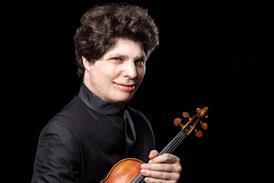

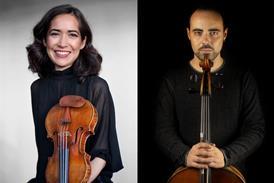
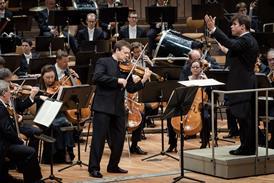
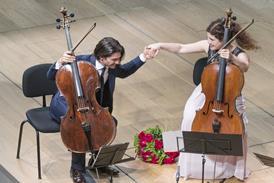
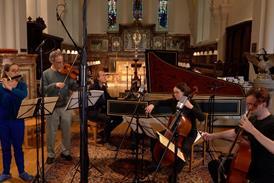

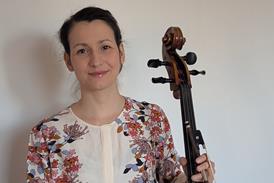
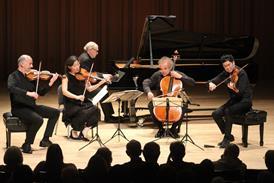
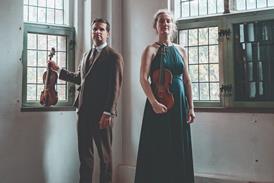

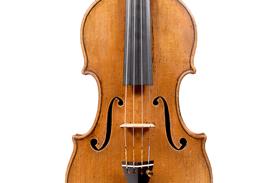
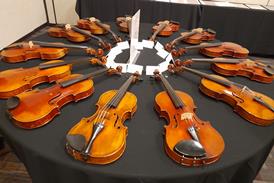
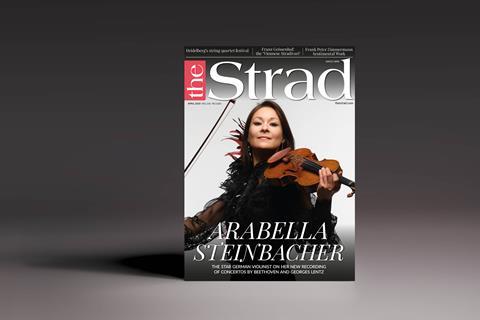




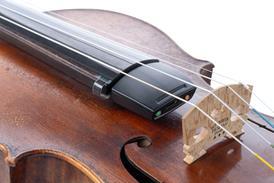
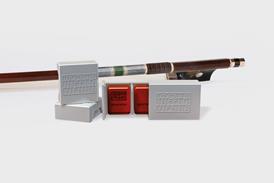
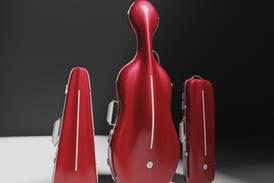


































No comments yet